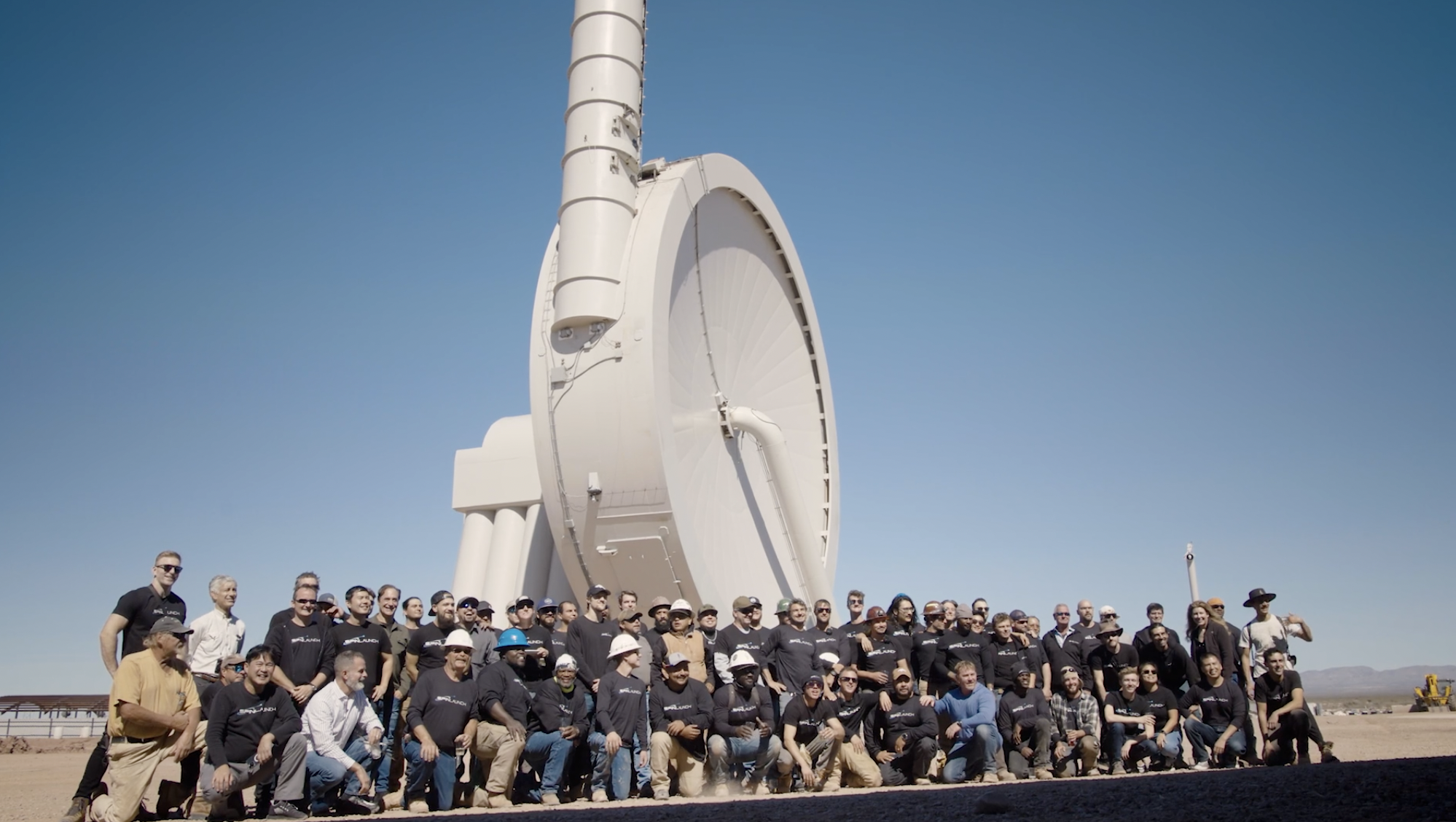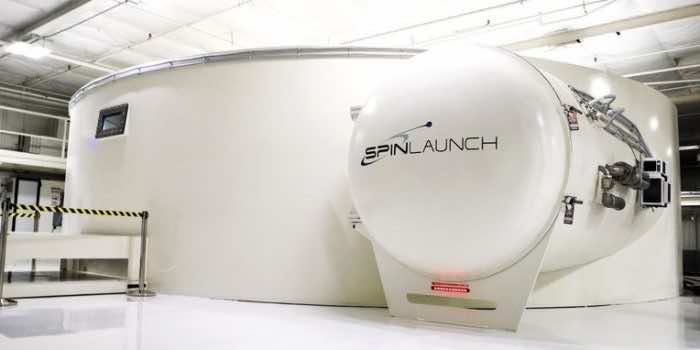NASA will soon put a novel concept for launching satellites into stable orbit to the market. The government has inked a Space Act Agreement with SpinLaunch, a California-based company that has developed the technology to slingshot spacecraft and satellites into orbit. SpinLaunch claims to be aiming to provide a significantly less priced and ecologically friendly solution to space accessibility. To accomplish this, the business intends to construct a massive centrifugation machine – a 300ft (90m) diameter steel vacuum chamber susceptible to whirling loads at speeds of up to 5,000mph (8,100km/h). SpinLaunch thinks its strategy will lower the cost of launch capability by more than 70% and expects to perform its first planetary fly in 2025.
According to the Space Act Agreement established with NASA, the business will build, assemble, and launch a payload later this year, as well as recuperate and recover it. The flight test will give NASA data for future commercial launch chances. In addition, the two groups will collaborate to examine the data and evaluate the technology for future flying prospects. Following the evaluation, NASA and SpinLaunch will make public all non-proprietary release environmental data from the test flight. “What began as a creative notion to make spaceflight more attainable has manifested into a technically sophisticated and game-changing platform to launch,” stated Jonathan Yaney, founder, and CEO of SpinLaunch. We look forward to revealing more customers and clients in the near future, and we are grateful for NASA’s ongoing support and understanding in SpinLaunch.”

It operates by connecting a reusable spacecraft to a massive revolving arm in an electrical vacuum-sealed centrifugal and whirling it at speeds many times faster than sound. The rocket is subsequently launched into space, where it will deliver payloads such as satellites into low-Earth orbit. It can then be returned to Earth and utilized for future missions. The rocket engines will activate their engines once they are in orbit, significantly lowering the quantity of fuel and hardware and by implication, the money that is required to reach space.

There may arrive a day when chemical rockets are no longer required to travel to space, yet they may still be helpful. In an unexpected twist, the destiny of space may depend on kinetics and other launching techniques that do not need the Propulsion Equation, which is what took us to space in the first place!


